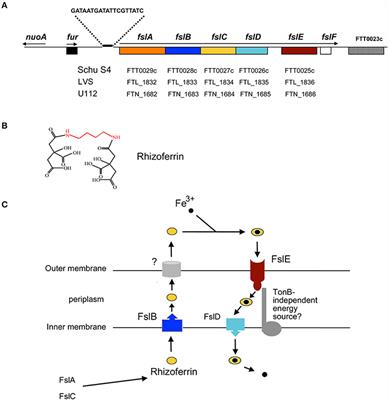EDITORIAL
Published on 16 Oct 2018
Editorial: Role of Iron in Bacterial Pathogenesis
doi 10.3389/fcimb.2018.00344
- 10,365 views
- 39 citations
17k
Total downloads
94k
Total views and downloads
Select the journal/section where you want your idea to be submitted:
EDITORIAL
Published on 16 Oct 2018
ORIGINAL RESEARCH
Published on 19 Jan 2018
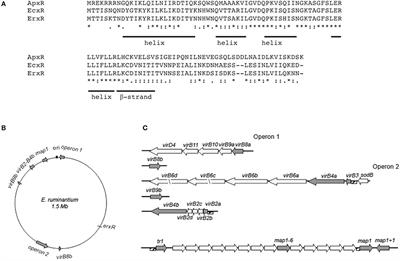
REVIEW
Published on 06 Nov 2017
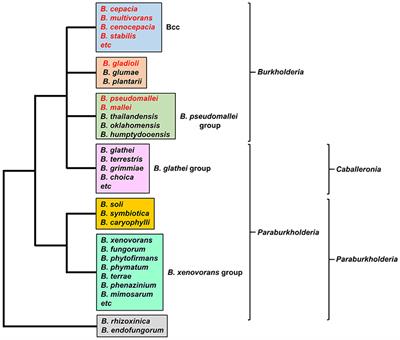
ORIGINAL RESEARCH
Published on 25 Aug 2017
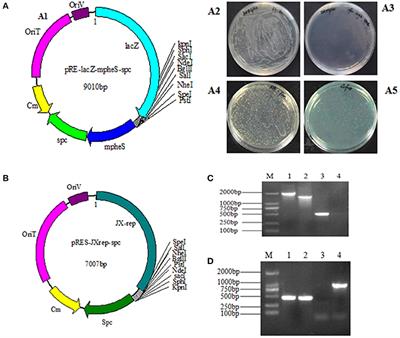
ORIGINAL RESEARCH
Published on 08 Aug 2017
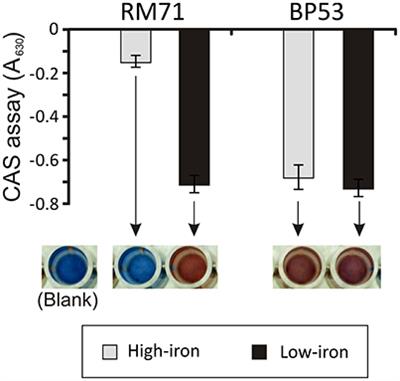
REVIEW
Published on 25 Jul 2017
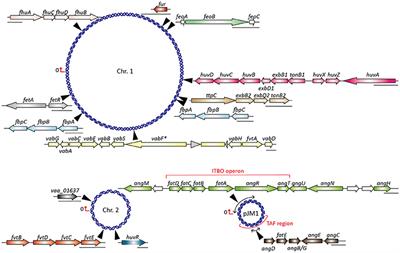
ORIGINAL RESEARCH
Published on 21 Jul 2017
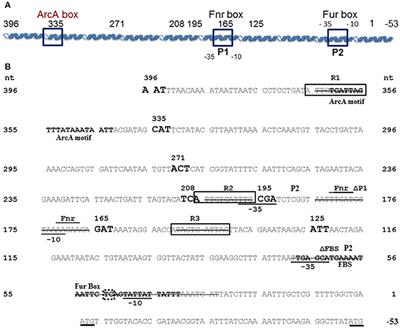
ORIGINAL RESEARCH
Published on 21 Jun 2017
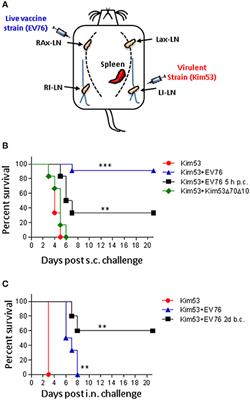
PERSPECTIVE
Published on 08 Jun 2017

ORIGINAL RESEARCH
Published on 08 Jun 2017
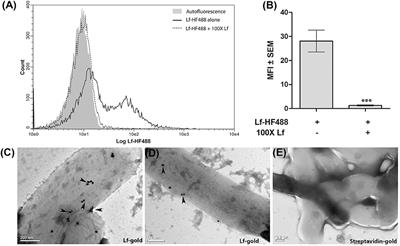
ORIGINAL RESEARCH
Published on 11 Apr 2017
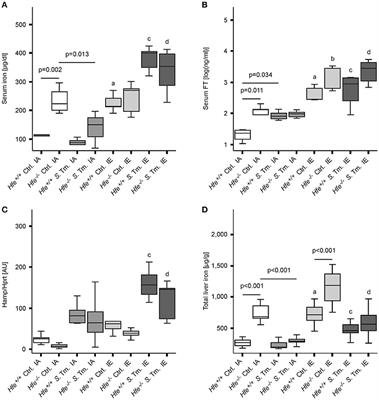
MINI REVIEW
Published on 04 Apr 2017
